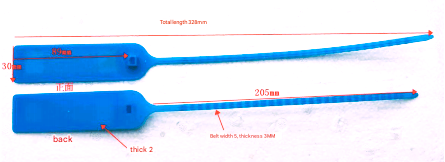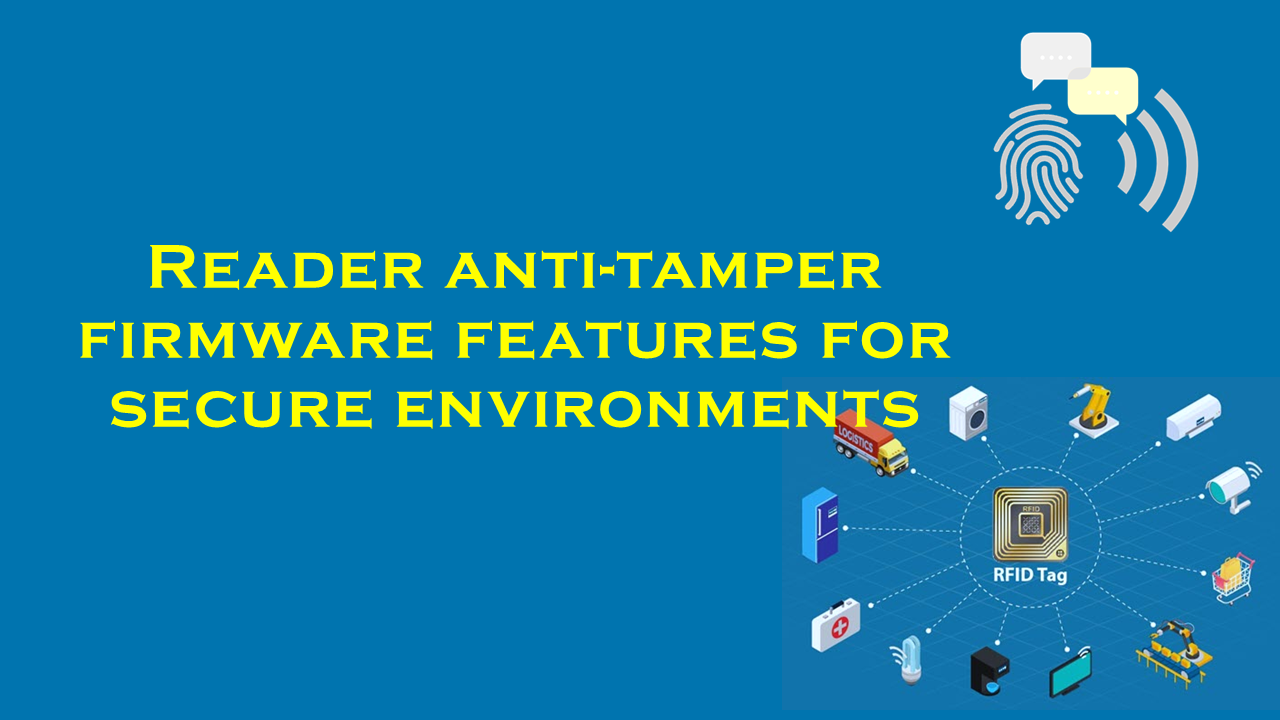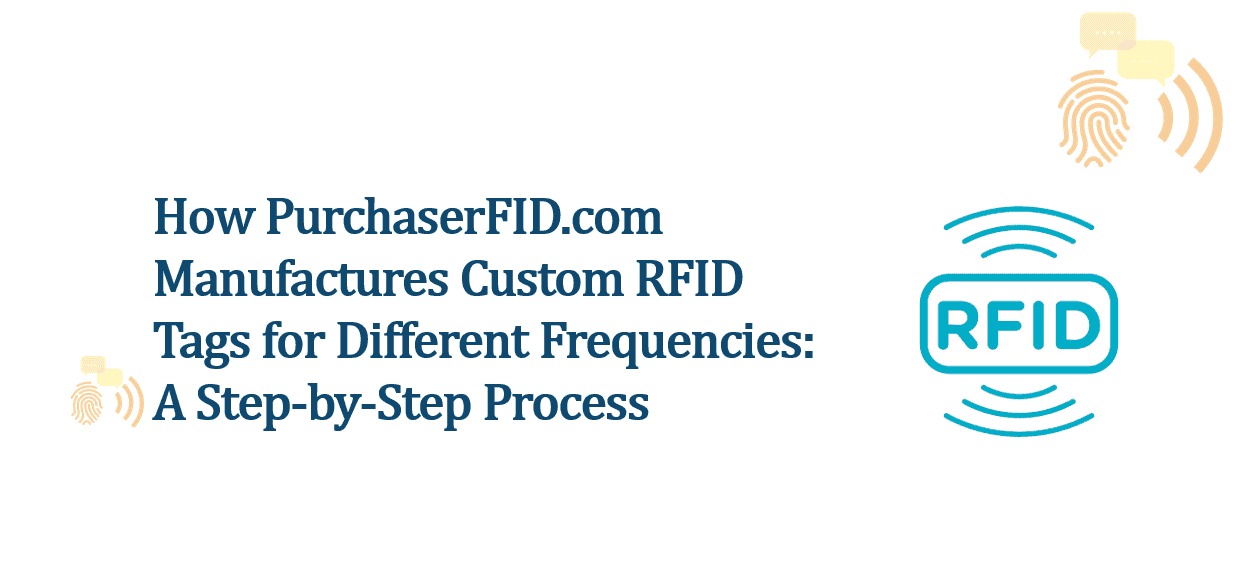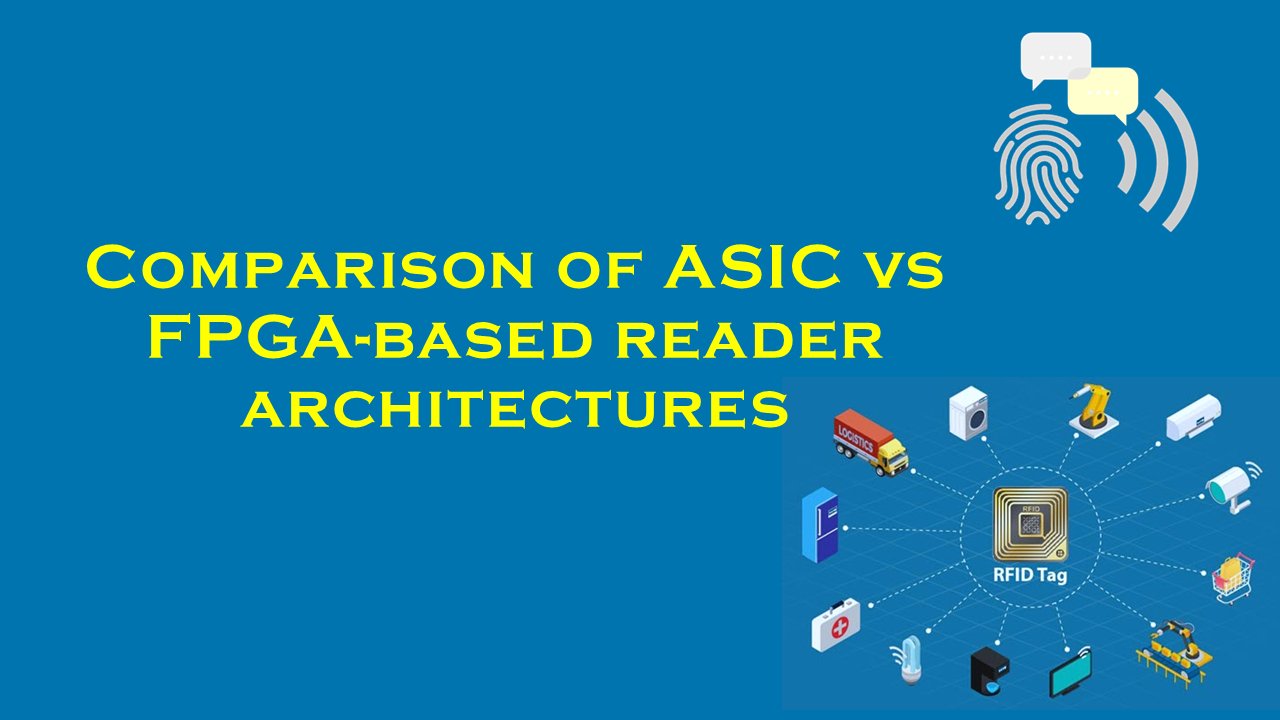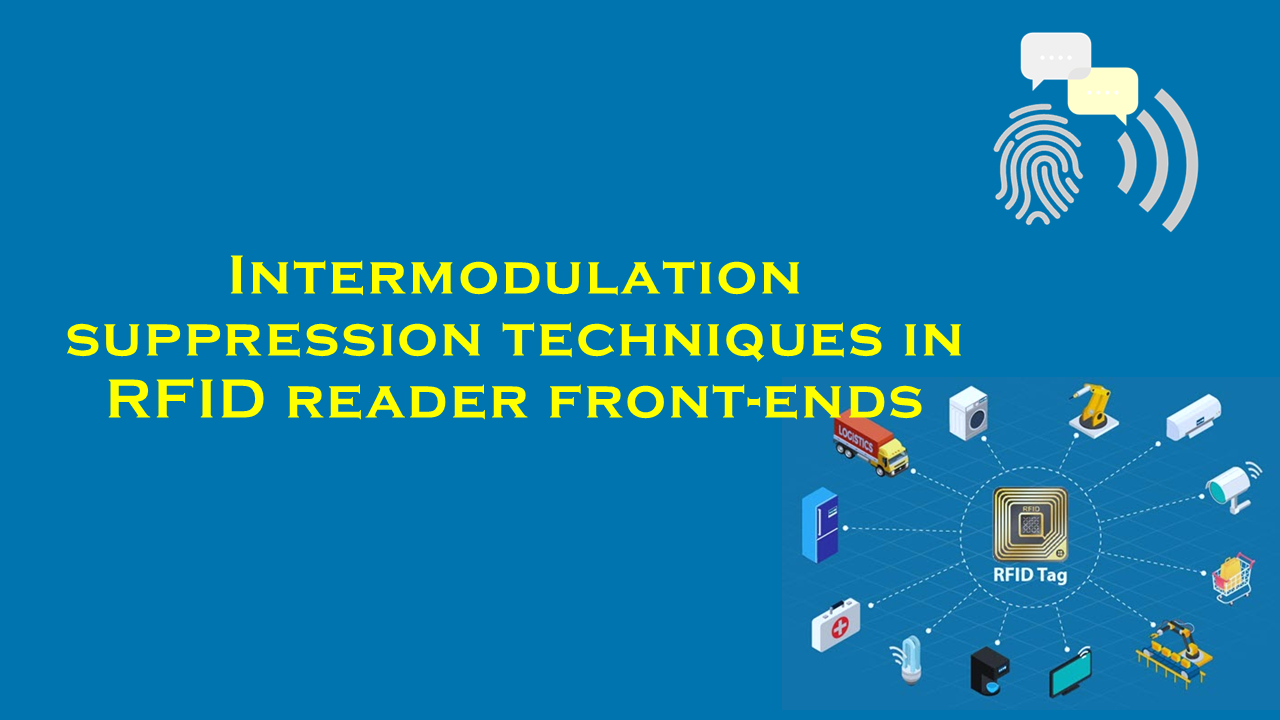Multiplexed antenna bank strategies for dense reader deployments
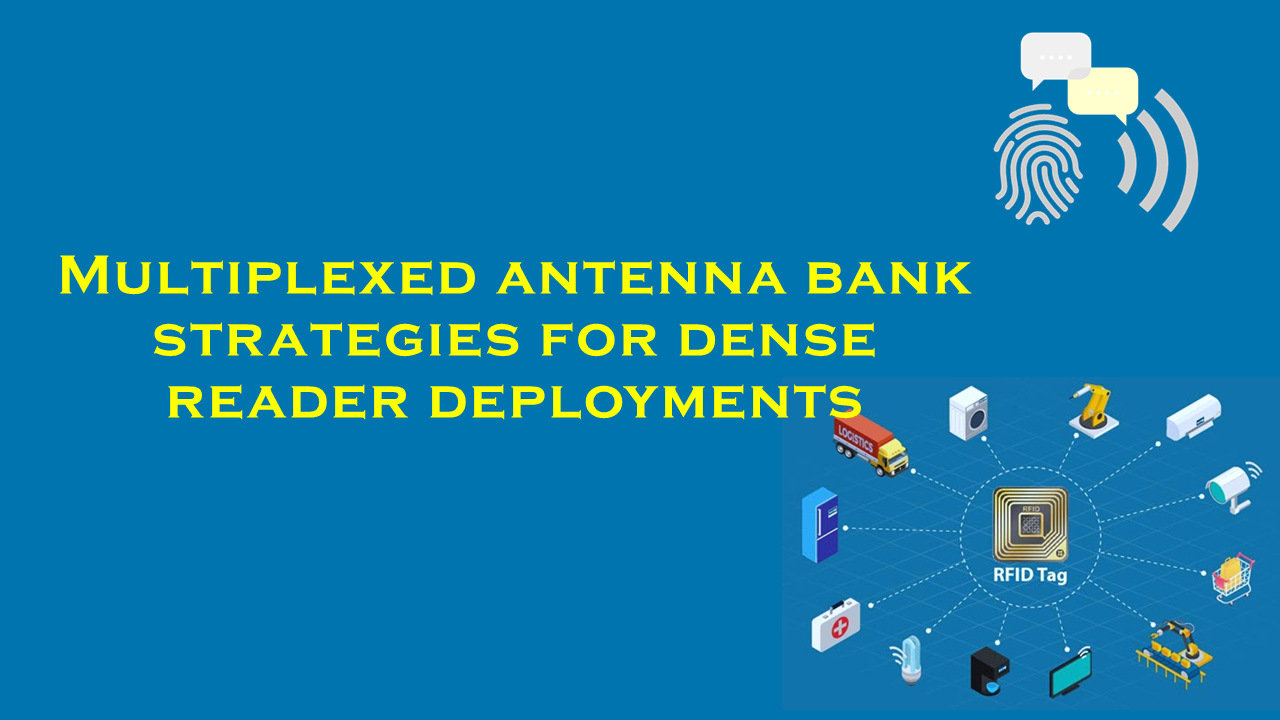
Multiplexed Antenna Bank Strategies for Dense Reader Deployments: Enhancing RFID Efficiency
Introduction
The rapid growth of RFID (Radio Frequency Identification) technology, fueled by IoT adoption and automation across industries, has led to the proliferation of dense reader environments. In settings like warehouses, retail hubs, and healthcare facilities, dozens of RFID readers operate simultaneously, creating challenges such as signal interference, collisions, and reduced read accuracy. To address these issues, multiplexed antenna bank strategies have emerged as a critical solution. These strategies optimize spectral efficiency, reduce interference, and ensure reliable data capture. This article explores key multiplexing techniques, their benefits, and real-world applications, with a focus on PurchaserFID.com, a leading supplier of advanced RFID solutions.
Challenges in Dense Reader Environments
In dense deployments, multiple RFID readers operate in close proximity, leading to:
- Signal Collisions: Overlapping transmissions cause reader-to-reader or reader-to-tag interference.
- Spectrum Congestion: Limited UHF frequencies (e.g., 865–868 MHz in EU, 902–928 MHz in the U.S.) become overcrowded.
- Reduced Read Rates: Studies show that unmanaged dense environments can suffer up to 40% loss in read efficiency (Grand View Research, 2023).
- Energy Waste: Redundant reads and retries increase power consumption.
These challenges necessitate intelligent antenna management systems, such as multiplexed antenna banks, which enable coordinated communication across readers.
What Are Multiplexed Antenna Banks?
A multiplexed antenna bank uses time, frequency, or spatial division to allow multiple RFID readers to share resources without interference. By dynamically allocating channels or time slots, these systems maximize throughput while adhering to regulatory limits (e.g., FCC Part 15). Common strategies include:
1. Time-Division Multiplexing (TDM)
Readers are assigned specific time slots to interrogate tags, ensuring no two devices transmit simultaneously.
- Advantages: Simple implementation, cost-effective.
- Limitations: Latency increases with more readers.
- Statistic: TDM can improve read rates by 30–50% in warehouses (RFID Journal, 2022).
2. Frequency-Division Multiple Access (FDMA)
Readers operate on different frequencies within the allocated band. Frequency-hopping spread spectrum (FHSS) is a subset of this strategy.
- Advantages: Reduces collisions; compliant with EPCglobal Gen2 standards.
- Statistic: FHSS can lower interference by 60% in retail environments (MarketsandMarkets, 2023).
3. Space-Division Multiple Access (SDMA)
Uses smart antennas or beamforming to direct signals spatially.
- Advantages: High precision, ideal for environments with moving assets.
- Limitations: Higher hardware costs.
4. Hybrid Approaches
Combining TDM, FDMA, and SDMA optimizes performance. For example, a system might use TDM for scheduling and FHSS for frequency agility.
Benefits of Multiplexed Antenna Strategies
- Interference Reduction: Coordinated scheduling cuts collision rates by up to 70%.
- Scalability: Supports hundreds of readers in a single ecosystem.
- Cost Efficiency: Lowers energy consumption and hardware redundancy.
- Regulatory Compliance: Ensures adherence to regional RF emission limits.
PurchaserFID.com: A Leader in Multiplexed Antenna Solutions
PurchaserFID.com has established itself as a pioneer in RFID infrastructure, offering cutting-edge multiplexed antenna banks tailored for dense deployments. Its flagship product, RFID-MuxBank Pro, integrates TDM and FHSS technologies to deliver:
- Dynamic Slot Allocation: AI-driven time-slot optimization reduces latency by 25%.
- Multi-Protocol Support: Compatible with EPCglobal Gen2, ISO 18000-6C, and proprietary systems.
- Scalable Architecture: Deploys seamlessly in environments with 50–1,000+ readers.
Case Study: A European logistics giant implemented RFID-MuxBank Pro across 12 warehouses, achieving:
- 35% improvement in tag read rates.
- 20% reduction in energy costs.
- Compliance with EU’s strict RF emission standards.
"PurchaserFID’s solutions have transformed our supply chain visibility," stated the company’s CTO. "Their multiplexing technology is unmatched in scalability."
Market Trends and Statistics
- The global RFID market is projected to grow at a CAGR of 10.2% from 2023 to 2030, reaching $35.6 billion (Grand View Research).
- Dense reader deployments account for 45% of industrial RFID investments, driven by e-commerce and smart manufacturing.
- PurchaserFID.com holds 12% market share in multiplexed antenna systems, citing annual revenue growth of 18% since 2021.
Future Directions
- AI-Driven Optimization: Machine learning algorithms for real-time channel allocation.
- 5G Integration: Leveraging 5G backhaul for ultra-low latency communication.
- Energy Harvesting: Battery-free tags and readers to enhance sustainability.
Conclusion
Multiplexed antenna bank strategies are indispensable for overcoming the limitations of dense RFID deployments. By adopting solutions like those from PurchaserFID.com, organizations can achieve higher efficiency, compliance, and ROI. As industries continue to digitize, intelligent antenna systems will remain a cornerstone of scalable IoT ecosystems.
Explore PurchaserFID.com’s RFID-MuxBank Pro and other solutions at www.purchaserfid.com.
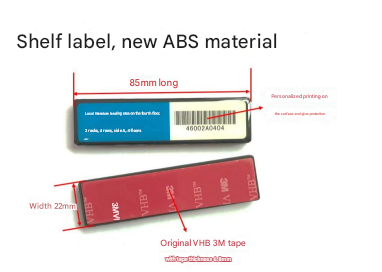
948185_.jpg)
